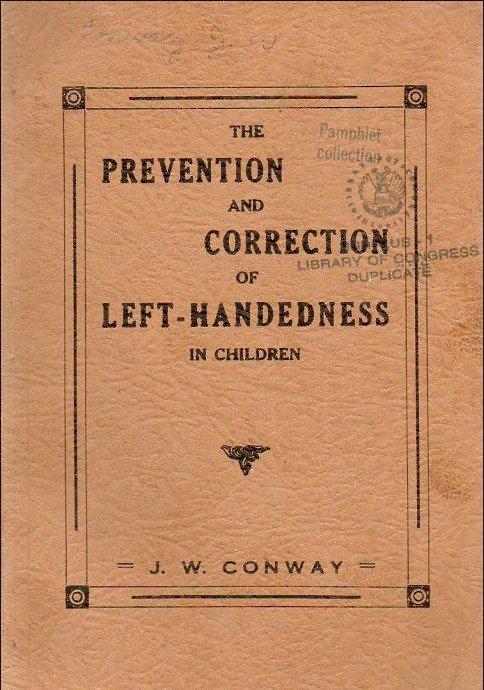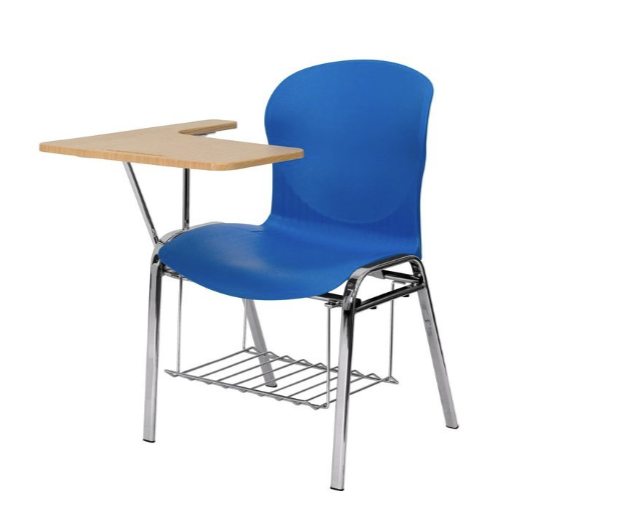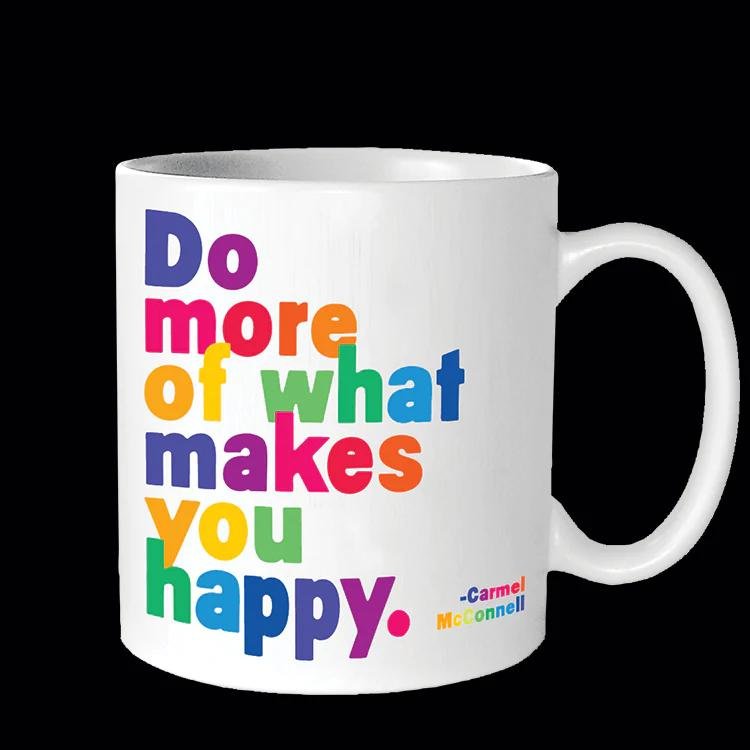Growing up Left-Handed, My World Didn't Accommodate Me. In Many Ways, Just Like My ADHD, It Still Doesn't.
by Cynthia Hammer, Executive Director and author of Living with Inattentive ADHD
I thought being left-handed in a right-handed dominated world was the perfect metaphor for being ADHD in a majority non-ADHD world. I wanted to demonstrate how, over time, the world accepted and accommodated left-handed people.
In one significant way, no longer forcing children to write right-handed when they prefer their left hand, the world has accommodated. Yet the history of how left-handed children were seen and treated sounds similar to the treatment of children today with undiagnosed ADHD.
"Being left-handed has been a problem throughout history. It was a practice well into the first half of the 20th century where it was common to insist left-handed children learn to write with their right hand. They used punishments and inducements to accomplish this, but regardless of whether stick or carrot, the message to the child was that they were different and what they did naturally wasn't acceptable. This does potential damage to the developing self-concept of the child.
Psychological stress comes from being "different" in a bad way; operating in a world built for the right-handed majority contributes to more stress and physical issues." anonymous.
---------------------------
I was disappointed to learn how often left-handed people still need to adjust to a right-handed world.
Here are examples of people's challenges—the first several I encountered growing up, and the rest were gleaned from Reddit.
As a student in college, the only choice for a desk in class was a chair with an attached arm on the right side of the chair. There were no chairs available for those who wrote left-handed. We had to curve awkwardly to the right to use the writing surface.
When I played field hockey, I had to play with a hockey stick made only for right–handed players; Similarly, when I went out for softball, there were no gloves for left-handed players.
The most challenging for me was using coin-operated telephones. I would pick up the handset with my right hand because I could only put in the necessary coins with my left hand. I had the coiled metal cord to the handset going across my face as I reached up and across with my left hand to deposit the coins. A right-handed person would easily pick up the handset with their left hand and deposit the coins with the right hand.
Scissors are a particular left-hander torture device. Most people can't comprehend how serious the problem is for some left-handed people. I can't use scissors. If they're not marked explicitly for left-handers; I'm hopeless.
Mugs with pictures and quotes.
Pyrex measuring cups with amounts printed on the side. They're not only not lefty-friendly, but the ones I've seen for lefties cost around $20!! For a regular measuring cup!
Most firearms are designed to be operated with the right hand, particularly the ergonomics of toggling the safety and the position of the ejection port on the right side. As a lefty, one has to toggle the safety with their trigger finger instead of the thumb, which is time-consuming and can compromise one's aim.
I taught myself to knit and never realized I was doing it backward. I'm not implying or saying that knitting is necessarily done for right-handed people, but I had to take right-handed instructions and translate them for my use. (I gave up on crocheting for this reason.
Photos or other examples of someone writing are of right-handed people. I only found this one of a left-handed writer.
Game controllers and portable gaming consoles. All of the essential buttons are on the right-hand side, while the left hand is relegated to simply making the character move around.
Car ignition and most controls are on the right and the right foot is used for the gas and brakes.
Anything with a blade and power tools. I get that it's safer for the majority if the only dangerous tools you have are made so that they're easy for righties to use. Still, it makes it difficult for lefties to use
Stringed instruments are strung so that the right hand is dominant. Left-handed instruments are often difficult to find and more expensive.
Buttons/Controls on monitors, TVs, and PCs are positioned on the right.
Elevator buttons are on the right side of the door.
We shake hands or high-five with the right hand.
—————————————-
Yet left-handed people excel (people with ADHD excel) when given tools (and strategies) appropriate for left-handed people (people with ADHD)
OK, that may sound silly at first, but hear me out. Many of us grew up using gadgets, tools, and equipment designed for the masses-- the right-handers. We improvised, adapted, and tried, sometimes successfully, to overcome the difficulties. Then, one day, an enterprising person (a clinician) put a left-handed gadget (gave us an ADHD diagnosis) in our hands.
Suddenly, all of those tasks that we'd been doing became easier. OK, it's more expensive to buy the device (to have ADHD), but easier to use (to live with once we know.) The bottom line is that we have learned to improvise, adapt, and overcome and are probably stronger for it.
It is interesting to note that, similar to ADHD, left-handedness exists in about 10% of the population. In 1900, less than 3% of the US population was left-handed. But as left-handedness was accepted and accommodated, the percentage grew to 10%. Just like ADHD, there used to be fewer left-handed people—but no one claims that the increased number of left-handed people, that left-handedness is a fad or not valid. Yet some claim ADHD is a fad because of the increase in its diagnosis, not believing it is because people are newly recognizing they have this condition.







